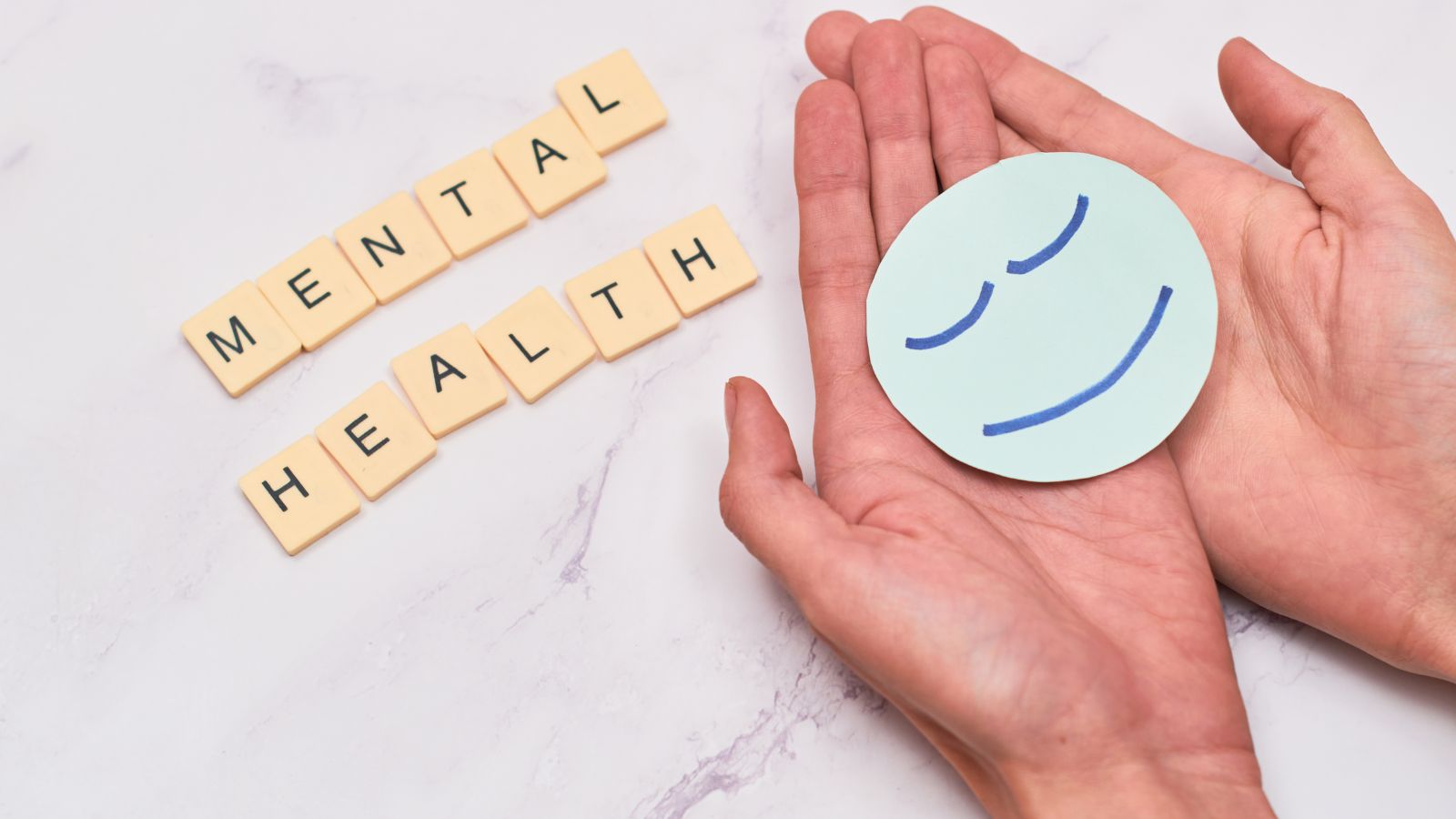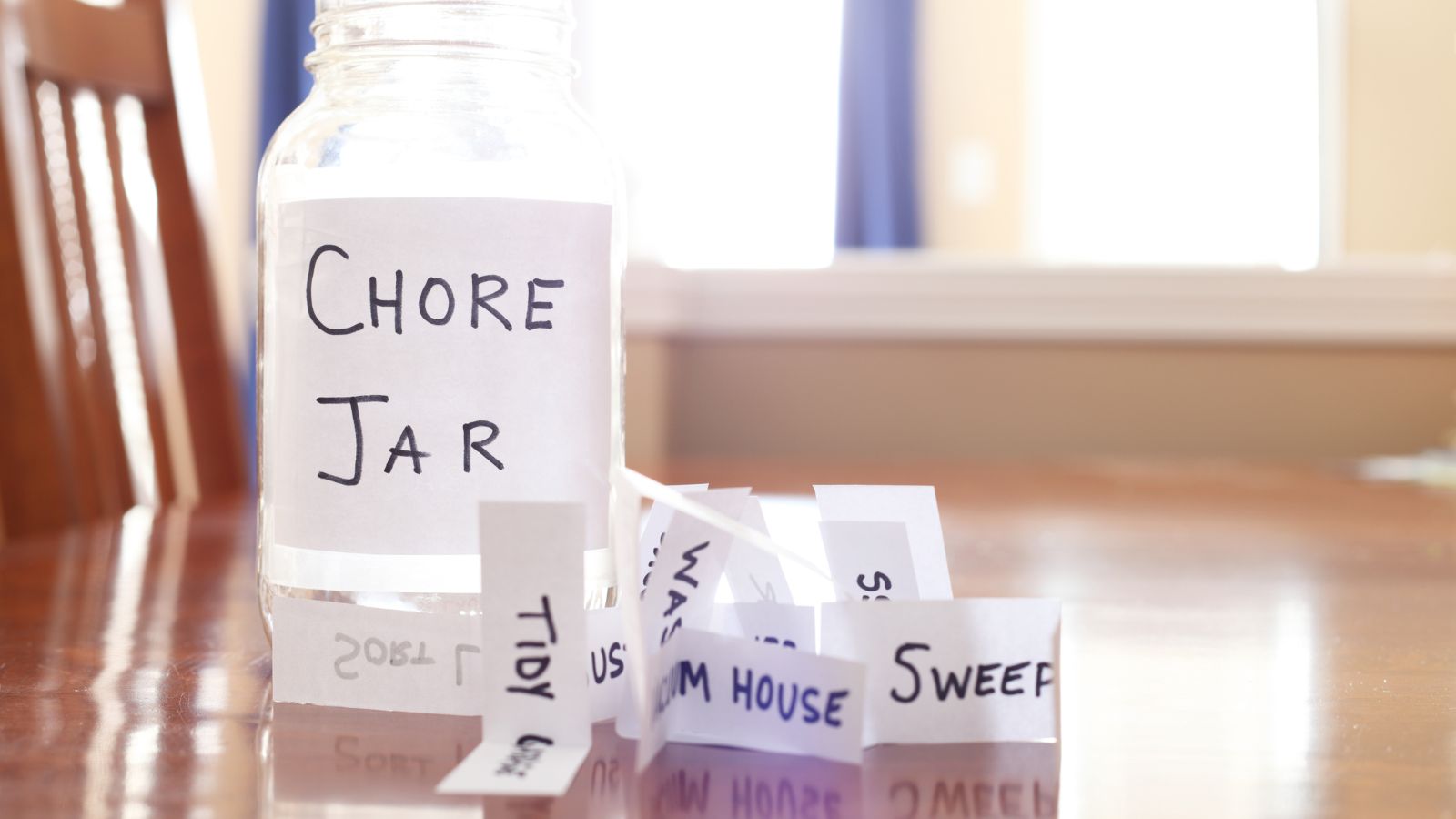 Many adults with ADHD struggle with structure, following rules and creating new routines. Starting a tedious, unrewarding task can be challenging, and it can be equally tough to stay with it until completion. Neurodivergent people can be overly fixated on maintaining a routine at the expense of other things, which can turn into a vicious cycle of frustration and self-defeat. Routines highlight how we spend the hours of our days and the days of our weeks. Whether it’s morning, bedtime, exercise, cleaning, self-care, or meals, these routines offer the structure that assists with creating the order all of us need to get by. Read more about steps you can practice to develop new habits that will decrease everyday anxiety and stress.
Many adults with ADHD struggle with structure, following rules and creating new routines. Starting a tedious, unrewarding task can be challenging, and it can be equally tough to stay with it until completion. Neurodivergent people can be overly fixated on maintaining a routine at the expense of other things, which can turn into a vicious cycle of frustration and self-defeat. Routines highlight how we spend the hours of our days and the days of our weeks. Whether it’s morning, bedtime, exercise, cleaning, self-care, or meals, these routines offer the structure that assists with creating the order all of us need to get by. Read more about steps you can practice to develop new habits that will decrease everyday anxiety and stress.
Why Routines Are Important
 Maintaining routines is essential. They reduce stress and anxiety and improve mental health. Did you know that habits drive much of our behavior? According to Dr. Wendy Wood and Behavioral Scientist, 43% of what people do daily is made up of automatic responses. These automatic responses are comprised of habit loops. Habit loops are made up of cues, repeated behavior, and the benefit of doing it. Habits are patterns of behavior that are regularly repeated until they become almost involuntary. Of course, some habits and routines are healthier than others. Still, either way, the satisfaction of making a habit at the moment for kids and adults with ADHD can overtake rational thoughts of making a different choice. It’s tough for folks with executive functioning challenges to form mental shortcuts by recalling and repeating what worked in the past, persisting despite distractions, ignoring the impulsiveness to switch gears, or giving up due to overwhelming and distress.
Maintaining routines is essential. They reduce stress and anxiety and improve mental health. Did you know that habits drive much of our behavior? According to Dr. Wendy Wood and Behavioral Scientist, 43% of what people do daily is made up of automatic responses. These automatic responses are comprised of habit loops. Habit loops are made up of cues, repeated behavior, and the benefit of doing it. Habits are patterns of behavior that are regularly repeated until they become almost involuntary. Of course, some habits and routines are healthier than others. Still, either way, the satisfaction of making a habit at the moment for kids and adults with ADHD can overtake rational thoughts of making a different choice. It’s tough for folks with executive functioning challenges to form mental shortcuts by recalling and repeating what worked in the past, persisting despite distractions, ignoring the impulsiveness to switch gears, or giving up due to overwhelming and distress.
About Bree
 I worked with a client on time management and arriving at her job as a middle school teacher promptly, calmly, and ready for the day. Most days, she screeched into the parking ten minutes before the start of classes, drove around frantically looking for a parking spot, and then ran to her class with two minutes to spare. Bree felt embarrassed about her tardiness, disliked her high-stress levels, and wanted to demonstrate a better example for her students. It felt overwhelming to her for us to pick apart her morning routine and tweak it. What was simpler was to commit to arriving to work 45 minutes in advance and to plan to leave her house early enough to do that. But Bree needed accountability, or no change would occur. She reached out to her community and even her students for help. Here’s what happened, in her own words: “I decided to get to my school 30 minutes early each day. It’s a 30-minute drive with no traffic or parking issues, so I budgeted extra time for traffic, adding 20 minutes. This meant I left for work one hour and twenty minutes early. I told my friends and family about my goal. I also told my students. Everybody was super supportive, and two of my friends and my sister offered to text or called me fifteen minutes before I was set to leave each day for the first two weeks. I approached it one day at a time. Each day for the first week, when the school day began, and I was ready at my desk, the kids gave me high-fives. They saw my persistence! I feel so calm as I start the day now. I also get an excellent parking spot in the lot before it’s too crowded. It’s been one month of success. This is a new routine because I shifted one habit: from leaving late to leaving with enough time. I’m an adult with ADHD who has NEVER done this successfully in the past. I feel so accomplished.” With her community and students’ support, Bree created and maintained a new routine that reduces her life’s anxiety and stress.
I worked with a client on time management and arriving at her job as a middle school teacher promptly, calmly, and ready for the day. Most days, she screeched into the parking ten minutes before the start of classes, drove around frantically looking for a parking spot, and then ran to her class with two minutes to spare. Bree felt embarrassed about her tardiness, disliked her high-stress levels, and wanted to demonstrate a better example for her students. It felt overwhelming to her for us to pick apart her morning routine and tweak it. What was simpler was to commit to arriving to work 45 minutes in advance and to plan to leave her house early enough to do that. But Bree needed accountability, or no change would occur. She reached out to her community and even her students for help. Here’s what happened, in her own words: “I decided to get to my school 30 minutes early each day. It’s a 30-minute drive with no traffic or parking issues, so I budgeted extra time for traffic, adding 20 minutes. This meant I left for work one hour and twenty minutes early. I told my friends and family about my goal. I also told my students. Everybody was super supportive, and two of my friends and my sister offered to text or called me fifteen minutes before I was set to leave each day for the first two weeks. I approached it one day at a time. Each day for the first week, when the school day began, and I was ready at my desk, the kids gave me high-fives. They saw my persistence! I feel so calm as I start the day now. I also get an excellent parking spot in the lot before it’s too crowded. It’s been one month of success. This is a new routine because I shifted one habit: from leaving late to leaving with enough time. I’m an adult with ADHD who has NEVER done this successfully in the past. I feel so accomplished.” With her community and students’ support, Bree created and maintained a new routine that reduces her life’s anxiety and stress.
5 Tips To Get You Started
Let’s look at five key aspects of setting up and maintaining routines for adults with ADHD so you can achieve similar success.
1. Name one aspect of your day that isn’t working for you
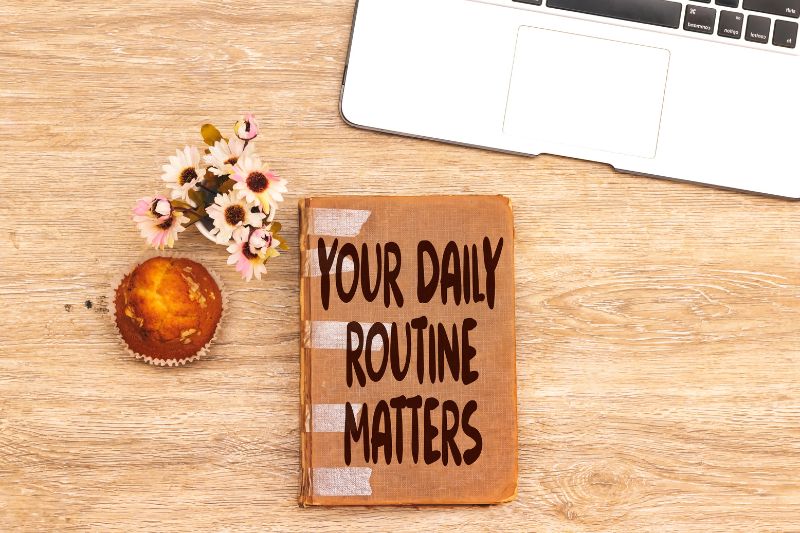 Be specific but with a narrow focus. This is what you want to change. One of the reasons that Bree was successful is that she selected one thing to work on, arriving at school earlier. Since she didn’t want to change what she did before going to work, she woke up earlier, regardless of the time she went to bed. Bree also set alarms and alerts on her phone and her computer and even bought an alarm clock. Many people with ADHD get too caught up in how to make something work because they have widened their field.
Be specific but with a narrow focus. This is what you want to change. One of the reasons that Bree was successful is that she selected one thing to work on, arriving at school earlier. Since she didn’t want to change what she did before going to work, she woke up earlier, regardless of the time she went to bed. Bree also set alarms and alerts on her phone and her computer and even bought an alarm clock. Many people with ADHD get too caught up in how to make something work because they have widened their field.
2. Organize the steps needed for your new routine
Do a brain dump of what needs to shift to remake your routine. Then, prioritize what is most important by taking a few items from this list and focusing on those. Define the main steps to change a habit and keep this brief. Figure out what types of planning or materials you need.
3. Identify what motivates you
Is it something external? Like an exceptional coffee, recognition from your boss, or the absence of late fees on your credit cards? Or is it something internal, like reaching a personal goal or the satisfaction of the accomplishment itself? There’s no right or wrong answer. Look for what’s most effective so things may change and you encounter success. It’s okay if you need external validation initially.  Changing a habit for folks with ADHD often works better initially if the people around you notice your efforts. Bree’s students did this spontaneously for her, which touched her and helped her keep going. Is there a particular activity or words of acknowledgment that goes along with the new behavior that would feel good? Many adults with ADHD experienced a childhood littered with criticisms, judgments, and negativity for aspects of being neurodivergent that they could not control. The positive to negative balance in your head is probably still terribly skewed. So it makes perfect sense if you benefit from external and internal motivation.
Changing a habit for folks with ADHD often works better initially if the people around you notice your efforts. Bree’s students did this spontaneously for her, which touched her and helped her keep going. Is there a particular activity or words of acknowledgment that goes along with the new behavior that would feel good? Many adults with ADHD experienced a childhood littered with criticisms, judgments, and negativity for aspects of being neurodivergent that they could not control. The positive to negative balance in your head is probably still terribly skewed. So it makes perfect sense if you benefit from external and internal motivation.
4. Bring the Future Into the Present
One reason it’s so tough to change is that the consequences of not changing may not be immediate enough to pressure you to do it now. With your now or not now ADHD brain, unless the present is miserable, change won’t occur. So bring the future into the present.  Consider how you will feel if you don’t follow through with the new routine that you’ve set up for yourself. Visualize your future and how you want to think about the present. Ask yourself, “Do I need to impose artificial consequences instead of waiting for natural, negative ones to occur?” and “How can you make this shift daily and nurture consistency without self-blame or shame?”
Consider how you will feel if you don’t follow through with the new routine that you’ve set up for yourself. Visualize your future and how you want to think about the present. Ask yourself, “Do I need to impose artificial consequences instead of waiting for natural, negative ones to occur?” and “How can you make this shift daily and nurture consistency without self-blame or shame?”
5. Find Accountability Buddies
Once you’ve narrowed down the habit you wish to change, set up a clear plan, and find accountability buddies. They will compassionately and firmly help you stick to your stated goal and assist you when you face an obstacle. When publicly sharing a purpose and plan, you transform an intention into action. It’s essential to commit to something doable that’s not too daunting. Aim for completion to keep building on your success. Do you have a friend, colleague, partner, coach, or therapist who could be your support? When professional tennis players start a match, they have a cheering section. Who can be in yours? It’s critical to have these folks around to celebrate your success and acknowledge it as the big deal it is.
Keep Going!
Creating a new routine means changing habits. It’s not just about when you do things but how, what, and why. The ‘why’ could be the reason you’re holding back. In some cases, you may be attached to a particular approach that may have served you in the past. These habits are developed to help you reduce stress, avoid something fearful or uncomfortable or decrease frustration. Ask yourself now: Is this routine serving me in my life currently? If the answer is ‘yes,’ great. Keep going with it. But if the answer is ‘no,’ then it’s time for a change.
Read more blogs
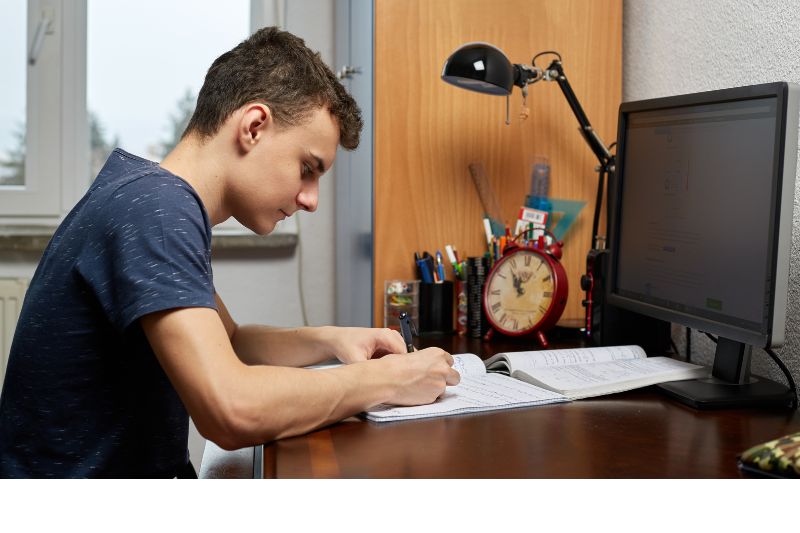


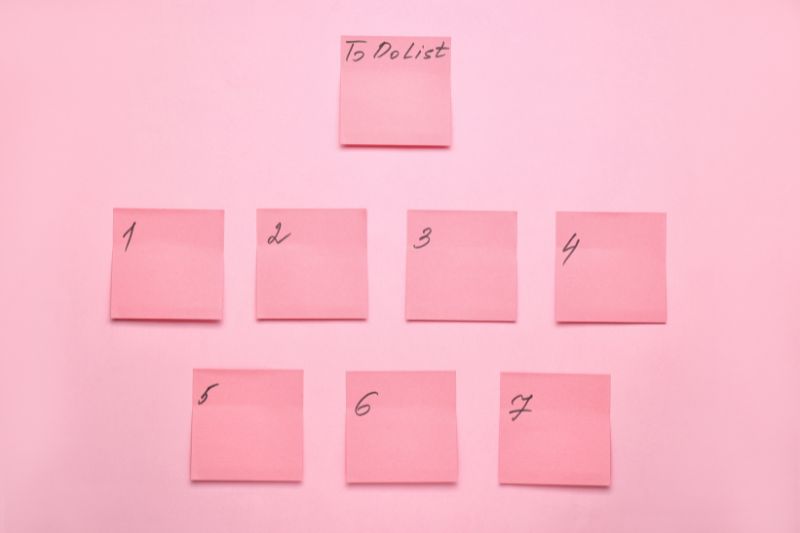

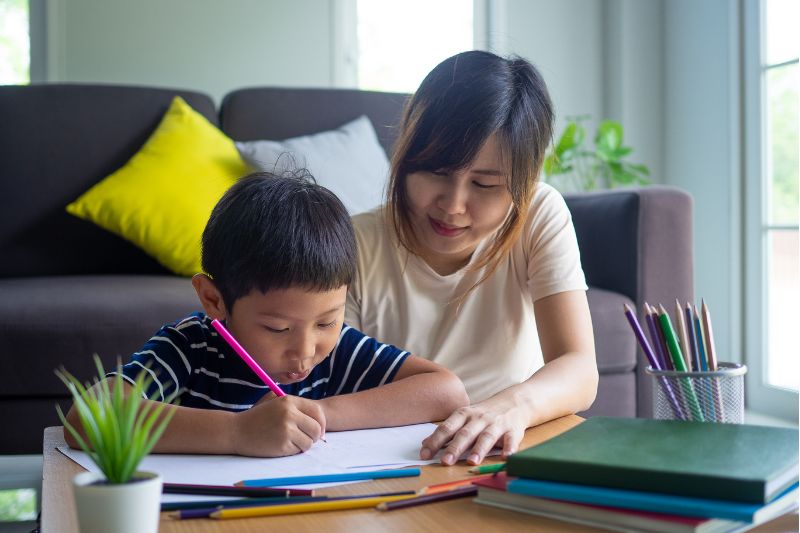



 The carrot is more effective than the stick, especially for
The carrot is more effective than the stick, especially for 

